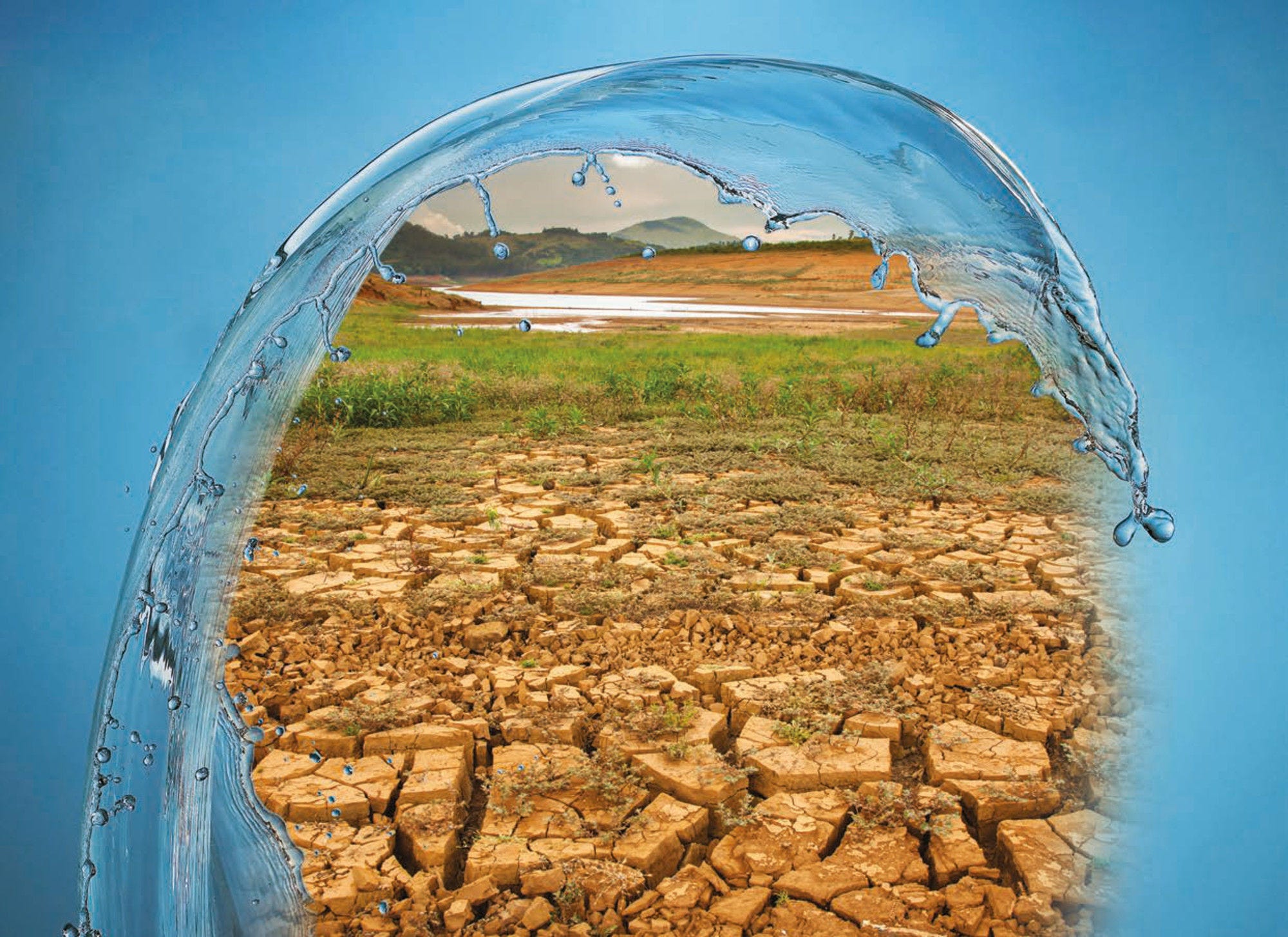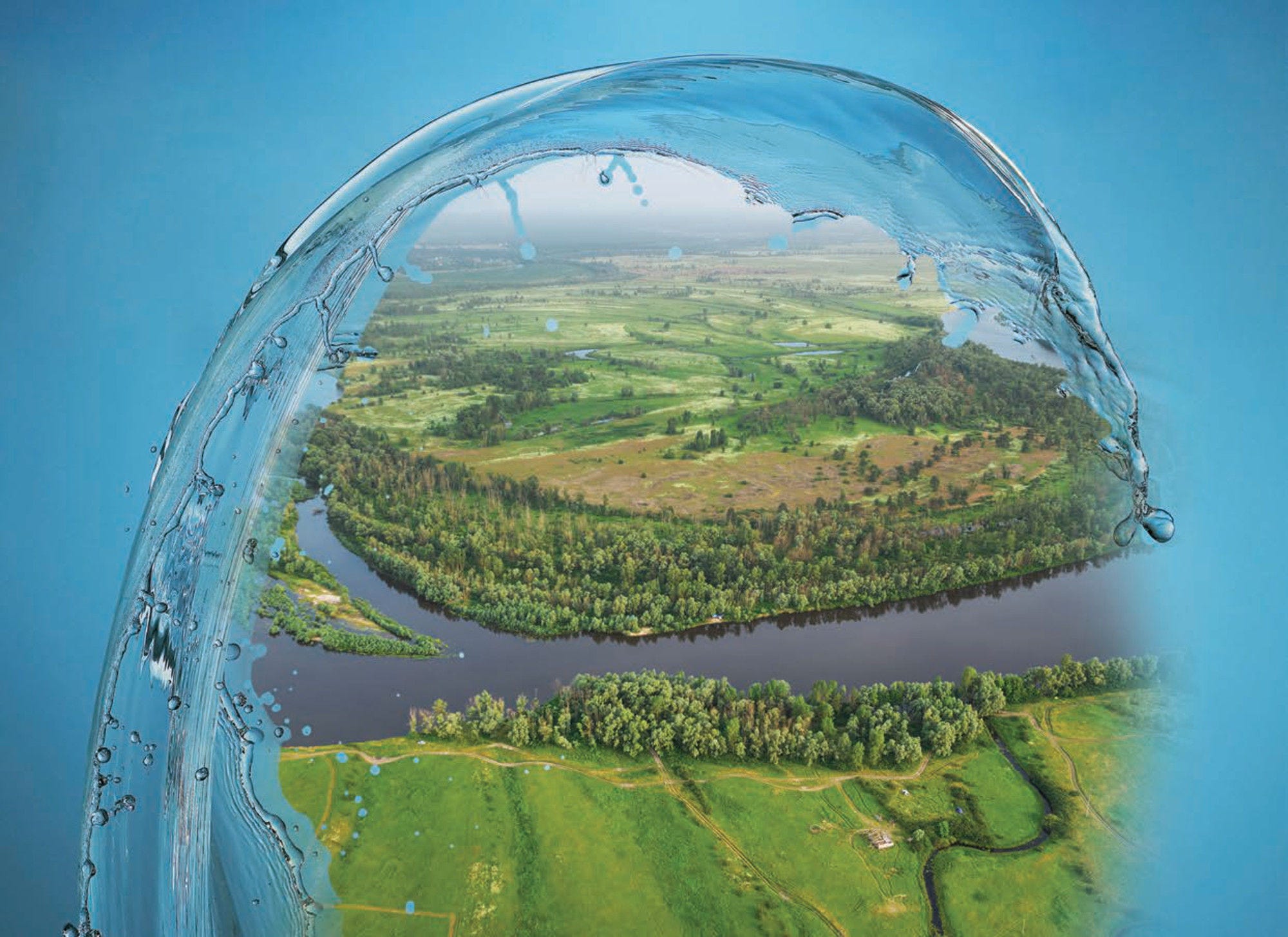This report presents a summary of the key challenges and opportunities related to financing that contributes to water security and sustainable growth distilling insights from the Roundtable on Financing Water and related analyses. It covers a broad range of water-related investments, including water and sanitation services, water resources management, agricultural water and managing water-related risks (“too much”, “too little” and “too polluted”). It summarises findings from analysis of investments needs and financing capacities, trends in development finance for water and explores how water risks generate financial impacts for corporates. The report highlights options to address the financing challenge by strengthening the enabling environment for investment, making the best use of existing sources of finance, strategic investment planning and mobilising additional finance via a range of financing approaches. Finally, the report sets out a vision for future OECD work on financing water and for the Roundtable on Financing Water.
Financing a Water Secure Future

Abstract
Executive Summary
Water-related investments deliver substantial benefits for water security and sustainable development. “Water-related investments” refer to a broad range of investments that contribute to water security through the delivery of water and sanitation services, the management of water resources and water-related risks (“too much”, “too little” and “too polluted”). Beyond the water sector, water-related investments connect multiple other sectors and policy agendas, including agriculture, energy, urban development, public health and education. Due to their cross-cutting and underpinning nature, such investments are central to achieving the Sustainable Developments Goals (SDGs), global climate and biodiversity goals and can contribute to a green and resilient recovery from the COVID-19 crisis.
At the same time, the economic and social consequences of the COVID-19 crisis have intensified financial pressure on water and sanitation service providers at the very time when such services are more vital as ever for public health. This pressure may limit or delay future water-related investments due to constraints on public and household budgets. There is an increasing recognition of the importance of water resilience for economic resilience in light of the accelerating number and intensity of catastrophic floods as experienced recently in Germany, Belgium, the People’s Republic of China, India as well as historic drought in the Western United States. This underscores the need to understand the potentially cascading water-related risks and interdependencies across the economy, including but not limited to the material financial risk for investor portfolios.
While investment in water security makes economic sense, this does not always translate into investment at scale. The widespread under-valuing of water resources and of the benefits associated with water investments by both public and private actors constrains financing opportunities. The Roundtable on Financing Water1 and related analytical work has, since 2017, contributed to a better understanding of the distinctive bottlenecks that hinder the mobilisation of the full range of sources of finance to contribute to a water secure future. These bottlenecks include weak enabling environments, insufficiently robust strategic planning and prioritisation, a lack of attractive risk-return profiles for specific projects, and the local, small-scale nature of many investments. Water-related investments typically lack distinct revenue streams and assets that can be used as collateral given that such investments are usually part of a larger system for the delivery of water-related services and management of resources, lacking specific ring-fenced revenue (Baker, 2022[1]).The Roundtable has also identified a range of tailored financing approaches for water-related investments and policies to enable their uptake.
An enduring financing gap, with scope for better allocation of existing resources
The world is not on track to meet the SDG 6 on water and sanitation largely due to insufficient levels of water-related investment. This is underscored by estimates of investment needs for SDG 6 at global level, as well as regional level analysis (in Europe and Asia-Pacific) (OECD, 2020[2]; ADB, 2020[3]). Estimated global costs of achieving SDG 6 exceed USD 1 trillion per year, or 1.21% of global gross product (Strong et al., 2020[4]). To achieve universal and equitable access to safe and affordable drinking water for all by 2030, the present value of the additional investment needed is around USD 1.7 trillion, which is about three times the current investment levels (Hutton and Varughese, 2016[5]).
Climate change is increasing pressure on water systems and heightens the value of investments in resilience. Many of the impacts of climate change manifest through changes in the hydrological cycle, such as increased frequency of floods (coastal, riverine and storm-driven) and droughts, increased variability and intensity of rainfall, reduced snowpack feeding headwaters of major rivers and wildfires, among others. Climate change also affects demand for water (for irrigation, or for cooling heat island effects in cities, for instance). Decisions regarding water infrastructure typically rely on engineering, modelling and planning that bases projections of future needs on historical patterns of water availability and use. However, these assumptions are an increasingly unreliable guide to future conditions. As old assumptions about a (relatively) stable climate are replaced by dynamic climatic uncertainty, new approaches to policy frameworks, institutional arrangements and investment planning are needed (OECD, 2021[6]).
Water-related investment has historically been financed by public budgets, including international transfers, with contributions from service and resource users via tariffs, abstraction charges, and other economic instruments. The historic reliance on public budgets and concessional finance can undermine incentives for accountability and performance in the sector and crowd out private sources of finance. According to OECD data, commercial finance mobilised by development finance for water and sanitation in ODA eligible countries remains very limited accounting for just over 1% of total commercial finance mobilised by blended finance (OECD, 2019[7]).
Water-related investments constitute a minor share of total investments by private investors in infrastructure as of 2020 (an estimated USD 17 billion out of just over USD 1 trillion) (OECD, 2020[8]) and, hence, do not seem to benefit much from the rapidly growing market for sustainable investment focused on Environmental, Social and Governance aspects (ESG). Moreover evidence suggests that existing funding may be poorly targeted, failing to reach the projects that can deliver the greatest benefits and reach the communities most in need (Andres et al., 2019[9]; Leflaive and Hjort, 2020[10]). In most instances, public and development finance are not used as a catalytic force to crowd in additional capital (OECD, 2019[7]).
Finally, funding and financing flows for water-related investments are far outweighed by funding flows to other sectors, such as agriculture, energy and urban development, which can increase pressures on water resources and exacerbate exposure and vulnerability to water-related risks. Indeed, investments in these sectors and activities often fail to adequately account for their implications for the water sector and water policy objectives, including the SDGs. This underscores the need for greater alignment of financing flows with water security, climate and broader policy objectives.
Concerted policy action is needed to finance a water secure future
The importance of concerted policy action from governments to provide the conditions the effective use and mobilisation of finance cannot be overstated. The Roundtable and related work since 2017 has highlighted the multiple opportunities to scale up funding and financing by improving the risk-return profile of water-related investments and through tailored financing vehicles (such as funds) and instruments (such as use of proceeds bonds). Appropriate financing approaches for water-related investments need to address the specificities of the water sector, such as the need for long tenors, small ticket sizes, limited creditworthiness and the lack of clearly-defined revenue streams. This requires adapting proven financing approaches as well as innovation to address current and emerging challenges.
Ensuring that existing financing flows deliver expected benefits and scaling up financing for water-related investments is unlikely to materialise in the absence of concerted policy action at multiple levels (national, sub-national) and on multiple fronts:
Addressing the financing challenge is not merely about getting more funding to fill a financing gap. It is critical to make best use of existing assets and finance, including timely asset management, capital expenditure planning, and targeted allocation of public subsidies, seizing opportunities to reap economies of scale and improve performance.
Strengthening the enabling environment for investment. This includes ensuring robust policies, regulations and institutional arrangements related to the delivery of water and sanitation services, ensuring water resources allocation and adequate quality. The enabling environment also includes the policy framework for investment, which influences the availability of diverse sources of capital and deployment of adequate financing mechanisms. A recently-developed scorecard of indicators to support blended finance for water-related investments can inform policy dialogues aimed at strengthening the enabling environment (Money, forthcoming[11]). Moreover, governments can develop financing approaches (e.g. revolving funds) that provide consistent levels of funding certainty overtime. This can provide a strong signal to the water infrastructure project developers that planning and project development efforts will be rewarded with funding (Gebhardt, Zeigler and Mourant, 2022[12]).
Optimising future investment needs through strategic investment planning, including more systematic consideration of long-term trends, notably climate change and options to design more robust and flexible investments in the context of uncertainty. Governments can signal their intention and financial capacity to tender water projects over a multi-year time span. Project-level analyses need to be supplemented by the design, review and assessment of investment pathways. New analytical methods are being developed to support and inform the transition from a focus on resilient projects to the resilience of the system as a whole at the relevant spatial scale (Brown et al., 2020[13]).
Mobilising additional2 sources of funding and finance by strengthening the risk-return profile of investments, lowering the cost of capital and seizing opportunities to deploy a range of financing vehicles and approaches. Governments can foster the development of commercial finance and capital markets able to lend at an affordable cost and appropriate long term maturity to water‑related projects. Intermediaries have distinctive roles to play to facilitate activities along the investment value chain with the aim to bridge the gap between the demand for and supply of finance. Recent analysis of the landscape of intermediaries takes stock of the wide range of functions they perform and identifies gaps, misalignments and areas for improvement (Lardoux de Pazzis and Muret, 2021[14]).
Looking forward, the OECD’s programme of work on financing water aims to raise the level of ambition, broaden engagement and contribute to key international processes and initiatives, including the United Nations Global Acceleration Framework for SDG 6. Key activities in the OECD programme of work will focus on three pillars, interconnected with the Roundtable on Financing Water. These include:
Launching the OECD Global Observatory on Financing Water Supply, Sanitation and Water Security to collect and share good practices on financing water-related investments.
Developing Diagnostic Tools to assess the strengths and weaknesses of countries’ enabling environments for investment, including an OECD Framework for Financing Water to guide country-level action.
Develop analytical work to support aligning financing with a water secure future. This will include a conceptual framework and tools to inform strategic investment planning and deepen the understanding of the materiality of water-related risks for the financial sector.
Together with governments, financiers and international partners, the OECD will continue to work towards building a more water secure future.
References
[3] ADB (2020), Financing water security for sustainable growth in the Asia-Pacific region, Asian Development Bank.
[9] Andres, L. et al. (2019), Doing More with Less Smarter Subsidies for Water Supply and Sanitation, The World Bank Group, http://www.worldbank.org/gwsp.
[1] Baker, M. (2022), “Critical disconnects between donors and domestic realities”, in Investing in Water and Growth.
[13] Brown, C. et al. (2020), “Resilience by design: A deep uncertainty approach for water systems in a changing world”, Water Security, Vol. 9, p. 100051, https://doi.org/10.1016/J.WASEC.2019.100051.
[12] Gebhardt, J., R. Zeigler and A. Mourant (2022), “Water Infrastructure Financing: The Experience of the U.S.”, in Investing in Water and Growth.
[5] Hutton, G. and M. Varughese (2016), The Costs of Meeting the 2030 Sustainable Development Goal Targets on Drinking Water, Sanitation, and Hygiene, http://www.worldbank.org/water.
[14] Lardoux de Pazzis, A. and A. Muret (2021), “The role of intermediaries to facilitate financing for water-related investment”.
[10] Leflaive, X. and M. Hjort (2020), “Addressing the social consequences of tariffs for water supply and sanitation”, OECD Environment Working Papers, No. 166, OECD Publishing, Paris, https://dx.doi.org/10.1787/afede7d6-en.
[11] Money, A. (forthcoming), “Country-level indicators to support blended finance for water related investments”, OECD Environment Working Paper.
[6] OECD (2021), Losses and Damages from Climate Change.
[2] OECD (2020), Financing Water Supply, Sanitation and Flood Protection: Challenges in EU Member States and Policy Options, OECD Studies on Water, OECD Publishing, Paris, https://dx.doi.org/10.1787/6893cdac-en.
[8] OECD (2020), Green Infrastructure in the Decade for Delivery: Assessing Institutional Investment, Green Finance and Investment, OECD Publishing, Paris, https://dx.doi.org/10.1787/f51f9256-en.
[7] OECD (2019), Making Blended Finance Work for Water and Sanitation: Unlocking Commercial Finance for SDG 6, OECD Studies on Water, OECD Publishing, Paris, https://dx.doi.org/10.1787/5efc8950-en.
[4] Strong, C. et al. (2020), Achieving Abundance: Understanding the Cost of a Sustainable Water Future, https://www.wri.org/research/achieving-abundance-understanding-cost-sustainable-water-future (accessed on 7 February 2022).
Notes
In the same series
Related publications
-
 29 May 2024
29 May 2024 -
 Working paper24 May 2024
Working paper24 May 2024








